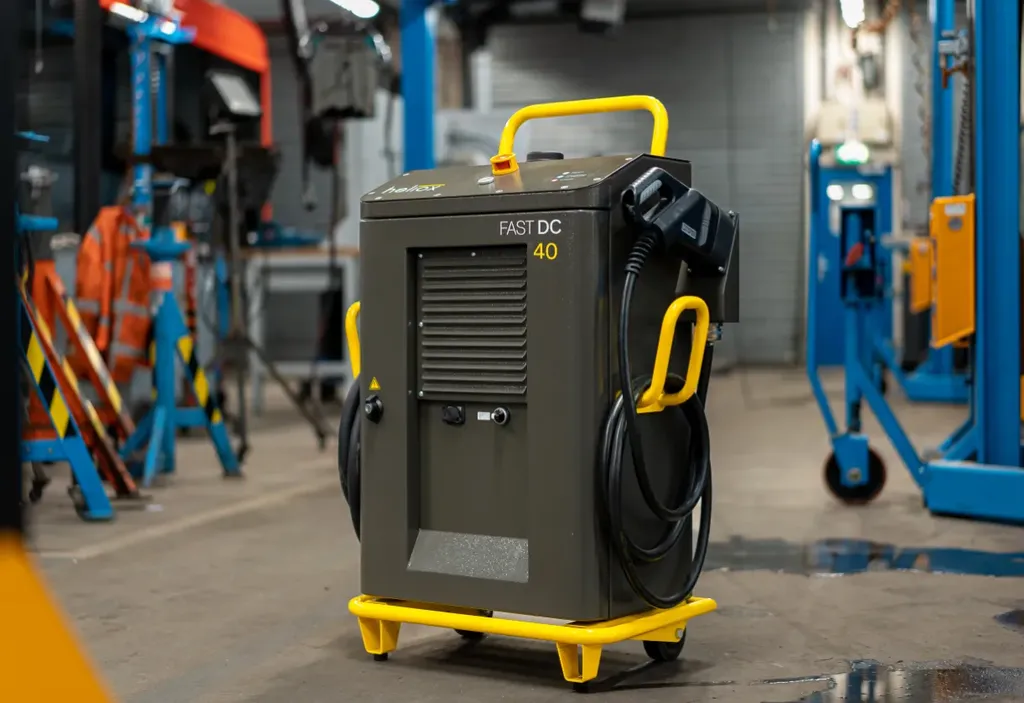In the quest for reliable energy solutions in remote and crisis-stricken areas, researchers are turning to innovative designs and materials to create mobile power stations that are both lightweight and robust. A recent study published in the journal *Environmental and Climate Technologies* (formerly known as ‘Environmental and Climate Technologies’) sheds light on the critical role of welding techniques and material science in optimizing these structures. The research, led by Pellja Armand from the Estonian University of Life Sciences, focuses on the design and optimization of welded structures for mobile power stations, offering valuable insights for the energy sector.
The study emphasizes the importance of minimizing the overall weight of mobile energy solutions, particularly in areas with inadequate or damaged electrical infrastructure. To achieve this, the researchers employed heat-treated and artificially aged aluminum alloy profiles, known for their lightweight yet durable properties. These profiles form the structural framework for both the power station and the solar panel mounting and moving system.
However, the structural integrity of these constructions hinges on the strength of the welds and the base material connecting the profiles. “Constructing renewable energy stations from superior lightweight materials offers significant energy and sustainability benefits, such as reduced material usage, fuel efficiency, and carbon emissions,” Armand explains. The research highlights the need to understand the metallurgy of heat-treated aluminum alloys, particularly after welding, to ensure the structural integrity of constructions made from aluminum alloy 6082T6.
When heat-treated aluminum alloys are subjected to welding, their mechanical parameters can weaken due to changes in their microstructure. To address this, the researchers used a reverse engineering approach, analyzing input data from destructive testing results to better understand these material mechanical parameters. The case study of a mobile power station illustrates how this knowledge is applied in practice, emphasizing the need for metallurgical insights to maintain the performance of mobile power station construction.
The study concludes that tailored welding processes are crucial to minimizing the adverse effects of heat input on the material properties of heat-treated aluminum alloys. Lowering the heat energy input for structural manufacturing not only saves energy but also allows manufacturers to leverage the alloys’ mechanical advantages in lightweight constructions. This expands their applicability in industries focused on weight reduction and structural integrity, such as transportation, aerospace, and marine sectors.
The findings provide valuable insights into advancing innovative engineering solutions in sectors where weight reduction and structural integrity are paramount. By selecting the proper manufacturing technology, materials, and methods, manufacturers can achieve energy efficiency and innovative structural solutions for welded structures with complex configurations.
As the energy sector continues to evolve, this research underscores the importance of metallurgical insights and tailored welding processes in optimizing mobile power stations. The study’s implications extend beyond the energy sector, offering potential advancements in transportation, aerospace, and marine industries. With a deeper understanding of the metallurgy of heat-treated aluminum alloys, researchers and manufacturers can pave the way for more efficient and sustainable energy solutions, ultimately shaping the future of renewable energy infrastructure.

